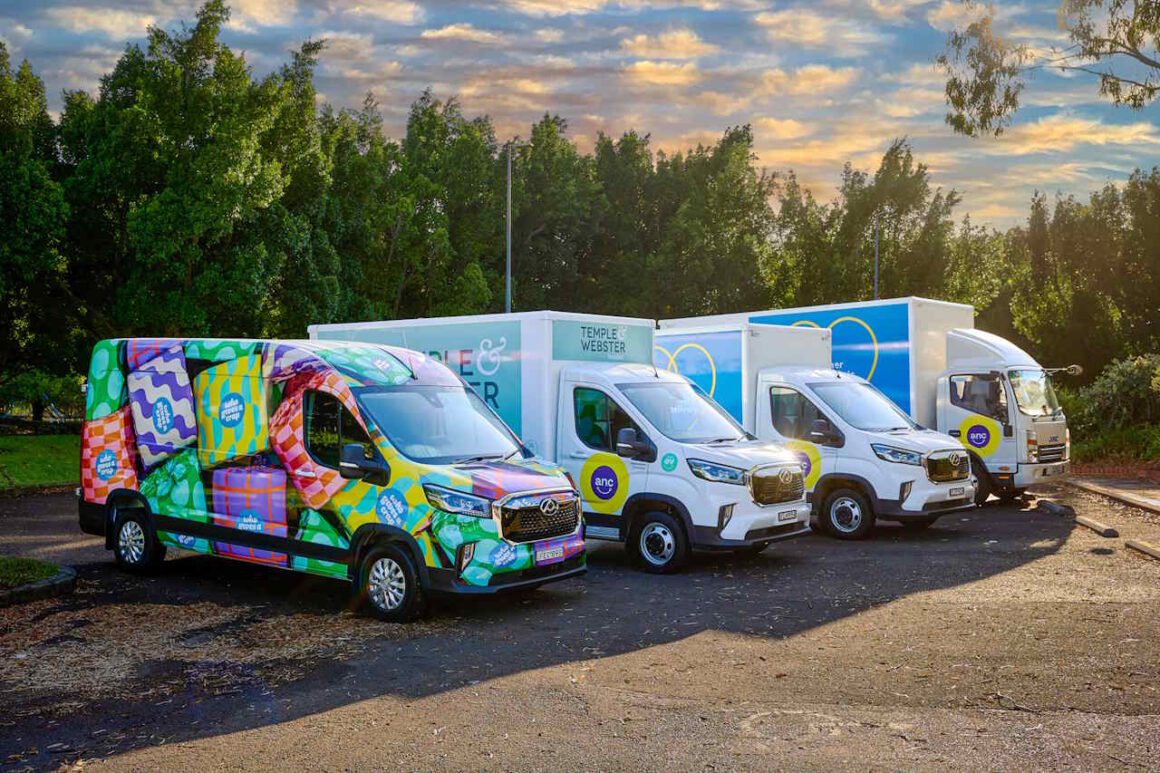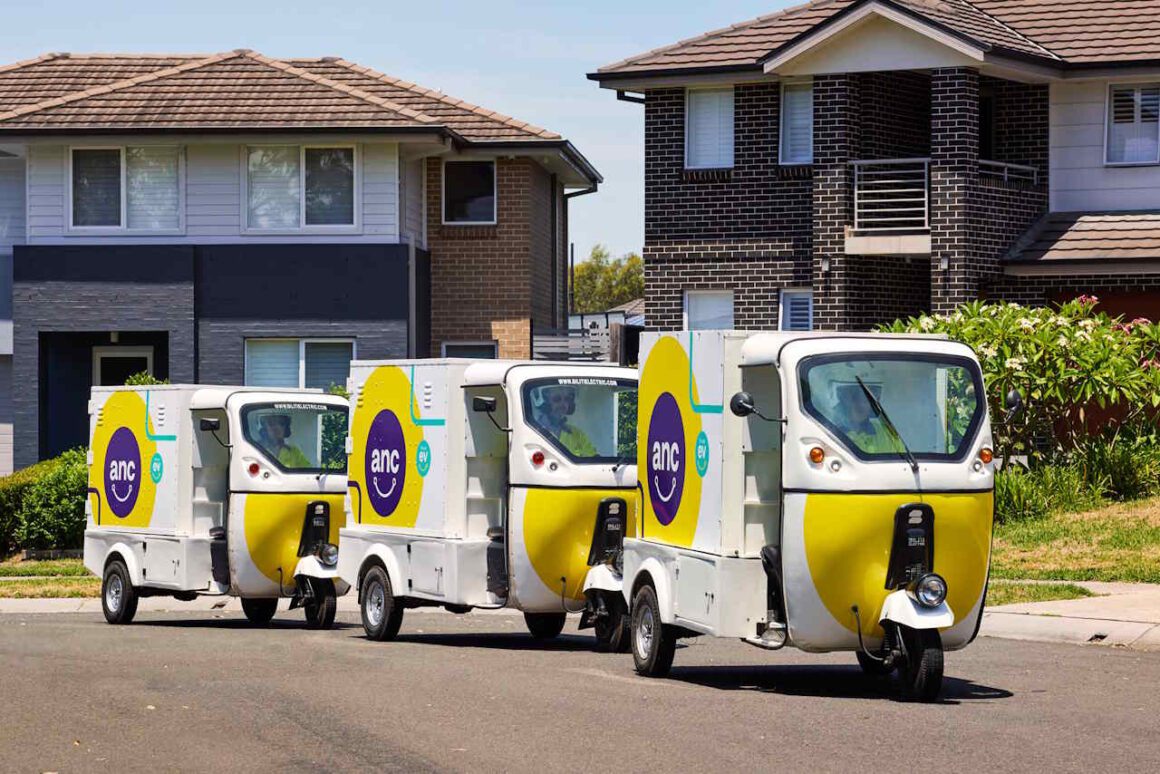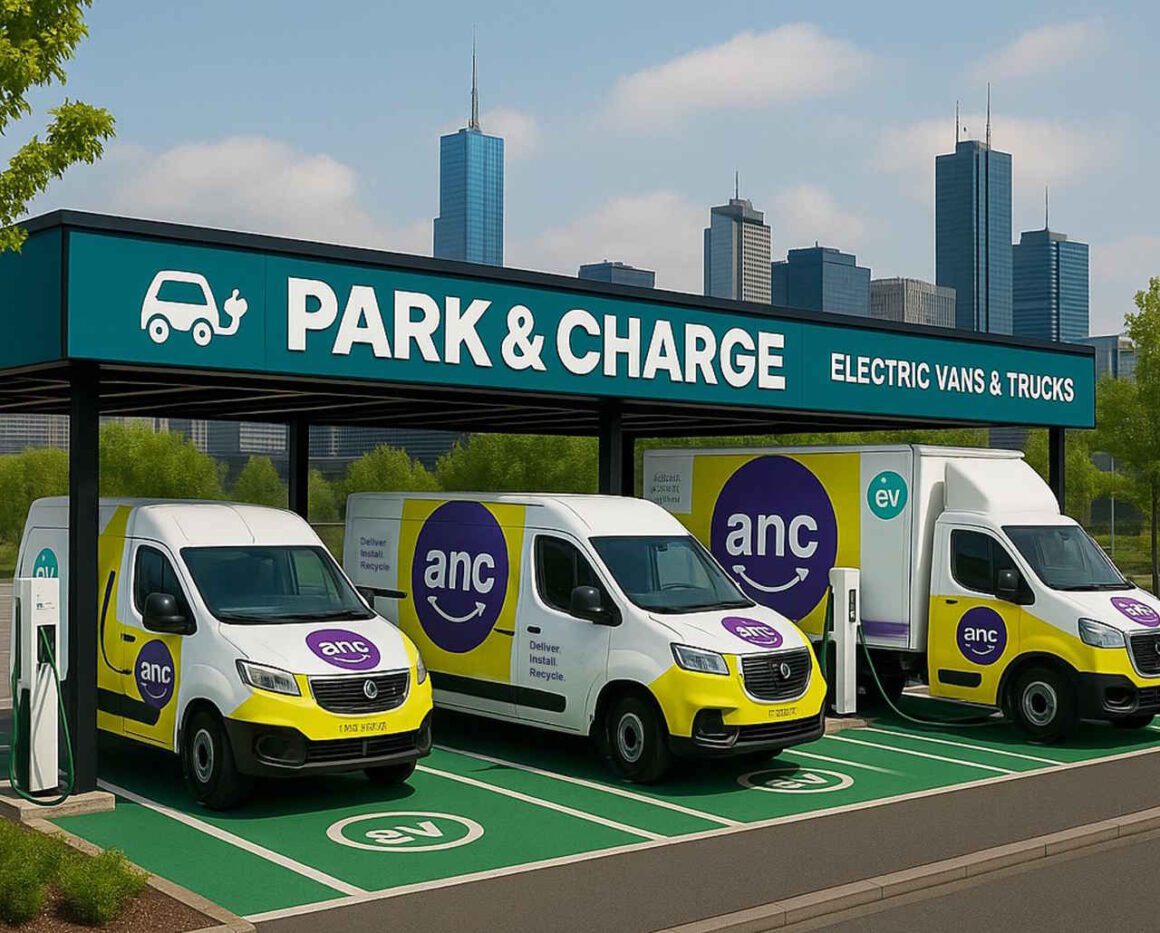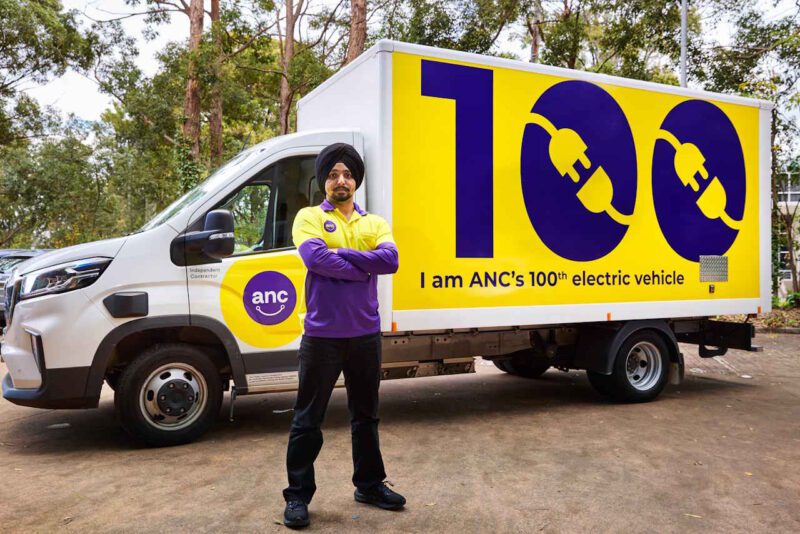Australian last-mile delivery specialist ANC has grown its fleet of electric vehicles (EVs) to over 100, with another 50 expected to join its fleet in the next 12 months, well ahead of the 112 EVs the company had targeted by that stage of its Project Spark initiative.
ANC, which is headquartered in New South Wales, manages a network of contracted owner-drivers to provide last-mile delivery (LMD) services to some of Australia’s most iconic retail brands, including Ikea, JB Hi-Fi, Bunnings, and more.
In June 2024, ANC launched Project Spark, backed by a $12.8 million grant from the Australian Renewable Energy Agency (ARENA), to accelerate the electrification of its delivery fleet with a goal of increasing the number of BEVs in its fleet to 112 by 2026.
The first owner-drivers working for ANC made the switch to BEVs in 2022, but the launch of Project Spark in 2024 has accelerated the switch, and now there are already 111 BEVs operating as part of the ANC fleet – just shy of the targeted 112 that ANC was hoping to reach in 2026.

“Since our first drivers switched to EVs in 2022, dozens of ANC Delivery Professionals have helped reshape last-mile delivery in Australia,” said Joe Sofra, ANC CEO.
“Project Spark shows that with the right support – education, grants and strategy – you can cut emissions and boost income. We’re not just enabling sustainability; we’re building stronger small businesses. Many drivers lack the capital to scale alone, so this provides a clear, supported path to grow.
“But to further accelerate adoption across the sector, we need to lower Total Cost of Ownership (TCO) and improve access to finance. Tailored EV loans and dedicated insurance products could make the transition viable for more drivers and speed up Australia’s clean transport shift.”
Battery electric vehicles now account for 12.5 per cent of ANC’s nationwide fleet of delivery vehicles, and ANC is hoping to push that number to 30 per cent by 2028.
ANC’s fleet of BEVs include a range of models, all of which are tailored for last-mile delivery needs and include LDV eDeliver 9 cab-chassis and LWB High Roof Vans to JAC N90 trucks and agile BILITI electric tuk-tuks.

So far, 340,000 consignments have been delivered by ANC BEVs covering 1.39 million kilometres – equivalent to 34 laps around the Earth – which has helped to avoid 622,453 kg of CO₂ emissions. A total of 8.2 per cent of all ANC deliveries are now made by BEVs.
Supporting ANC’s growing fleet of EV trucks is a mixed charging strategy which includes public fast charging, depot-based solutions, and portable DC chargers in locations where depot upgrades are limited by infrastructure costs and civil works.
ANC is also hoping to begin developing dedicated “park ‘n charge” hubs designed specifically for delivery drivers that combine secure parking, fast charging, and space for drivers to rest and recharge themselves.
Project Spark and ANC’s shift to EVs has also been embraced by many of the companies who rely on ANC for last-mile deliveries, which in turn help those companies meet their own environmental, social, and governance (ESG) goals.

One of those companies is the iconic furniture and home goods retailer Ikea, who is relying on ANC to incorporate EVs into its Australian last-mile network.
“At IKEA, we’re committed to achieving 100 per cent zero-emissions delivery as soon as possible,” said Alexandra Kelly, zero emissions project leader at Ikea Australia and New Zealand.
“It’s an ambitious goal, and partnering with like-minded organisations like ANC Delivers, who share our vision for a clean energy future, has been essential.
In Australia, over the past three years we’ve grown from five per cent to 76 per cent of customer deliveries made via zero-emissions vehicles. This transition comes with many unknowns and evolving challenges, but we believe that when we move together, we move faster.”
Joshua S. Hill is a Melbourne-based journalist who has been writing about climate change, clean technology, and electric vehicles for over 15 years. He has been reporting on electric vehicles and clean technologies for Renew Economy and The Driven since 2012. His preferred mode of transport is his feet.

